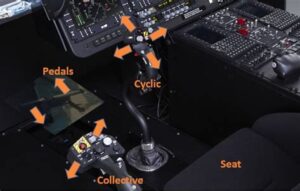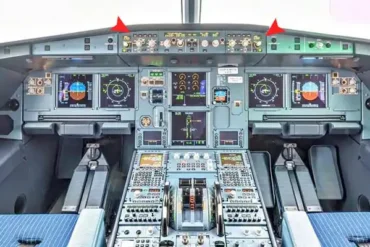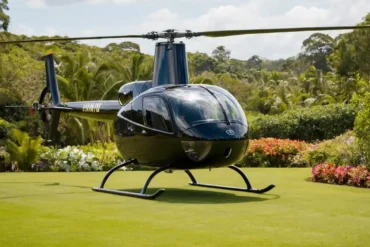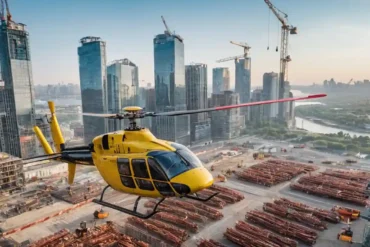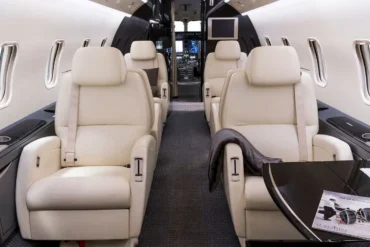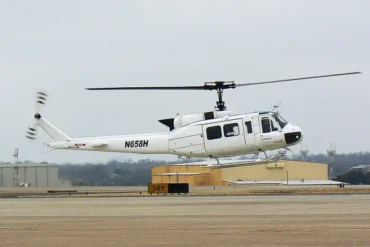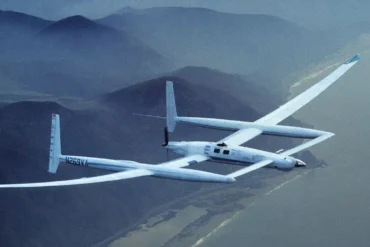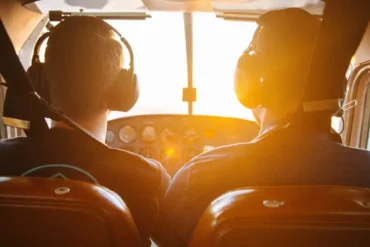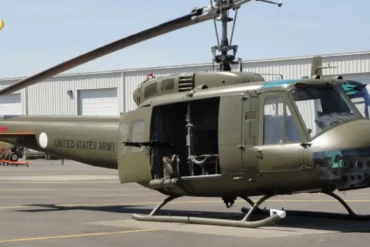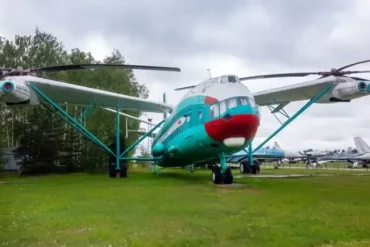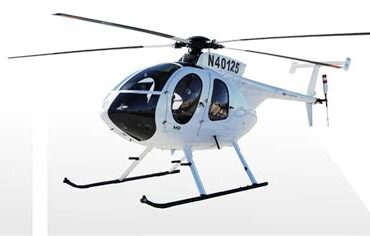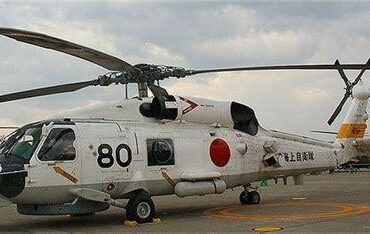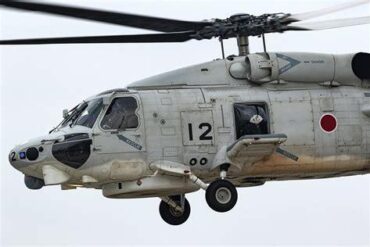In the world of aviation, helicopter flight controls serve as the essential components that enable pilots to maneuver these versatile aircraft. Unlike fixed-wing airplanes, helicopters require a unique system of controls to achieve flight, navigate through the air, and ensure passenger safety. This article delves into the intricate design and function of helicopter flight controls, outlining their significance in the overall operation of helicopters.
Understanding the Helicopter Control System
The control system of a helicopter consists of several key components, including the cyclic control, collective control, and anti-torque pedals. Each of these elements plays a vital role in controlling the helicopter’s flight dynamics. Understanding how they work together is crucial for both aspiring pilots and aviation enthusiasts.
Cyclic Control
The cyclic control stick is one of the primary flight controls in a helicopter. Positioned between the pilot’s knees, it allows the pilot to tilt the rotor disc in various directions. By manipulating the cyclic control, the pilot can control the helicopter’s pitch and roll, enabling it to move forward, backward, or sideways. When the pilot pushes the cyclic forward, the rotor disc tilts forward, causing the helicopter to gain speed in that direction. Conversely, pulling the cyclic back slows the helicopter’s forward motion and can initiate a climb.
Collective Control
The collective control lever is situated on the left side of the pilot’s seat. It is used to increase or decrease the overall lift produced by the rotor blades. When the collective is raised, the pitch angle of all rotor blades increases simultaneously, generating more lift and allowing the helicopter to ascend. Conversely, lowering the collective reduces lift and enables descent. It is important to note that the collective control is used in conjunction with the cyclic control to maintain the desired altitude and direction during flight.
Anti-Torque Pedals
Anti-torque pedals, located on the floor of the cockpit, are essential for countering the torque effect generated by the helicopter’s main rotor. As the rotor spins, it creates a force that tends to rotate the helicopter’s fuselage in the opposite direction. By pressing the left or right pedal, the pilot adjusts the pitch of the tail rotor blades, allowing them to counteract this torque. Proper use of the anti-torque pedals is crucial for maintaining control and ensuring a stable flight path.
Flight Dynamics and Control Interactions
In helicopter flight, the interactions between the cyclic control, collective control, and anti-torque pedals create a complex system of flight dynamics. Understanding these interactions is vital for effective piloting and can significantly impact the helicopter’s performance.
The Relationship Between Collective and Cyclic Controls
When the collective control is adjusted, it affects the helicopter’s altitude, while the cyclic control influences its direction. For example, during a climb, a pilot may need to pull back on the cyclic to maintain forward momentum while simultaneously raising the collective to gain altitude. Conversely, during a descent, the pilot might lower the collective while adjusting the cyclic to control the descent rate and direction.
The Role of Anti-Torque Pedals in Flight
The anti-torque pedals are crucial for maintaining directional control, especially during transitions between different flight modes. For instance, during a hover, the helicopter may experience increased torque due to the rotor’s thrust. The pilot must skillfully balance the pedal inputs with the cyclic and collective adjustments to maintain a stable position. In forward flight, the interaction between the pedals and cyclic becomes even more pronounced, requiring continuous adjustments to keep the helicopter on its intended flight path.
The Importance of Trim Systems
Trim systems are designed to reduce pilot workload by allowing for automatic adjustments to the flight controls. Many modern helicopters are equipped with electronic or mechanical trim systems that enable pilots to set desired flight parameters without continuous input on the controls.
Types of Trim Systems
There are primarily two types of trim systems found in helicopters: cyclic trim and collective trim. The cyclic trim adjusts the cyclic control’s neutral position, enabling the helicopter to maintain level flight without constant input. Collective trim, on the other hand, helps to reduce the force required to maintain a specific altitude. By utilizing these trim systems, pilots can focus more on navigation and situational awareness, ultimately enhancing flight safety and efficiency.
Avionics and Flight Control Integration
In today’s advanced helicopters, avionics play a crucial role in flight control integration. Modern flight control systems often incorporate fly-by-wire technology, where electronic signals replace mechanical linkages. This integration enhances flight precision, stability, and safety by allowing for real-time adjustments based on various flight parameters.
Fly-by-Wire Systems
Fly-by-wire systems provide several advantages, including reduced weight and increased reliability. These systems can process vast amounts of data to optimize control inputs, improving overall flight performance. In addition, they often include built-in safety features, such as automatic stability control, which assists pilots during critical flight phases, such as takeoff and landing.
Training and Simulation for Pilots
Training to operate helicopter flight controls requires a comprehensive understanding of their functions and interactions. Flight schools utilize various training methods, including simulators, to prepare aspiring pilots for real-world scenarios.
Simulator Training
Flight simulators provide a realistic environment for pilots to practice their skills without the risks associated with actual flight. These simulators allow students to experience various flight conditions and scenarios, including emergency situations, adverse weather, and system failures. By mastering helicopter flight controls in a simulated environment, pilots can build confidence and proficiency before transitioning to actual flight.
Hands-On Flight Training
In addition to simulator training, hands-on flight training is essential for developing the necessary skills to operate helicopter flight controls effectively. During this phase, students work closely with certified flight instructors who provide guidance and feedback on control inputs, decision-making, and situational awareness. This combination of simulator and hands-on training ensures that pilots are well-prepared to handle the complexities of helicopter flight.
Safety Considerations in Helicopter Flight
Safety is paramount in aviation, and understanding helicopter flight controls is a key component of ensuring safe operations. Pilots must be well-versed in the proper use of controls and emergency procedures to mitigate risks during flight.
Emergency Procedures
In the event of system failures or unexpected situations, pilots must know emergency procedures to maintain control of the helicopter. These procedures often include emergency landings, autorotations, and engine failure protocols. Practicing these scenarios during training helps pilots react calmly and effectively when faced with real-life challenges.
Regular Maintenance and Inspections
Regular maintenance and inspections of helicopter flight control systems are essential for ensuring their proper functionality. Adhering to manufacturer guidelines and conducting thorough pre-flight checks can prevent issues and enhance flight safety. Pilots and maintenance crews must work together to ensure that all components of the flight control system are in optimal condition before every flight.
Conclusion
In conclusion, helicopter flight controls are a complex yet fascinating aspect of aviation that demands a thorough understanding and respect. The interaction between the cyclic control, collective control, and anti-torque pedals forms the foundation of helicopter maneuverability. With advancements in technology, such as fly-by-wire systems and simulator training, pilots are better equipped to handle the challenges of flight. Prioritizing safety through comprehensive training and regular maintenance ensures that helicopter operations remain secure and efficient. As the aviation industry continues to evolve, the importance of mastering helicopter flight controls will remain a cornerstone of effective and safe flying.
